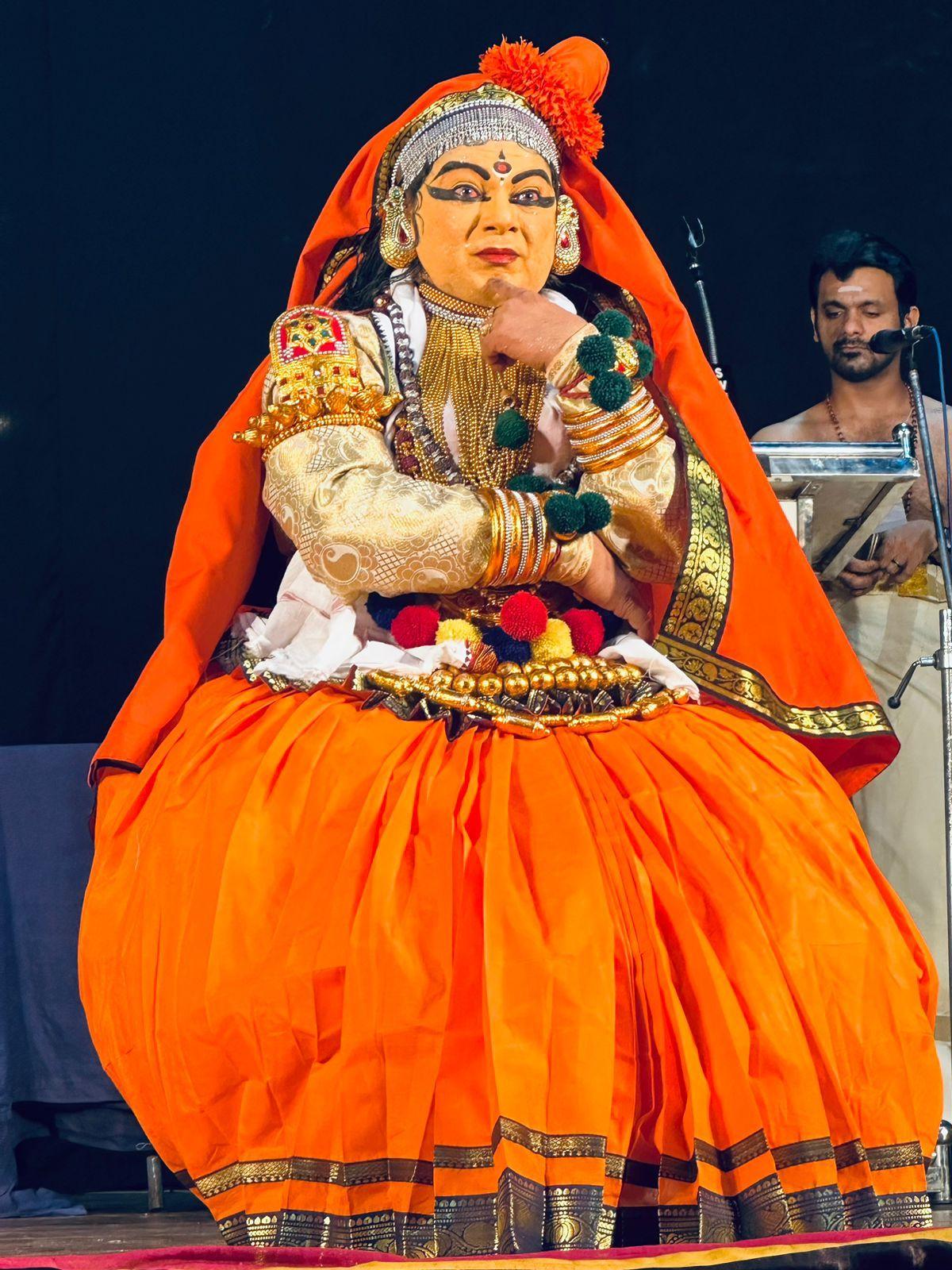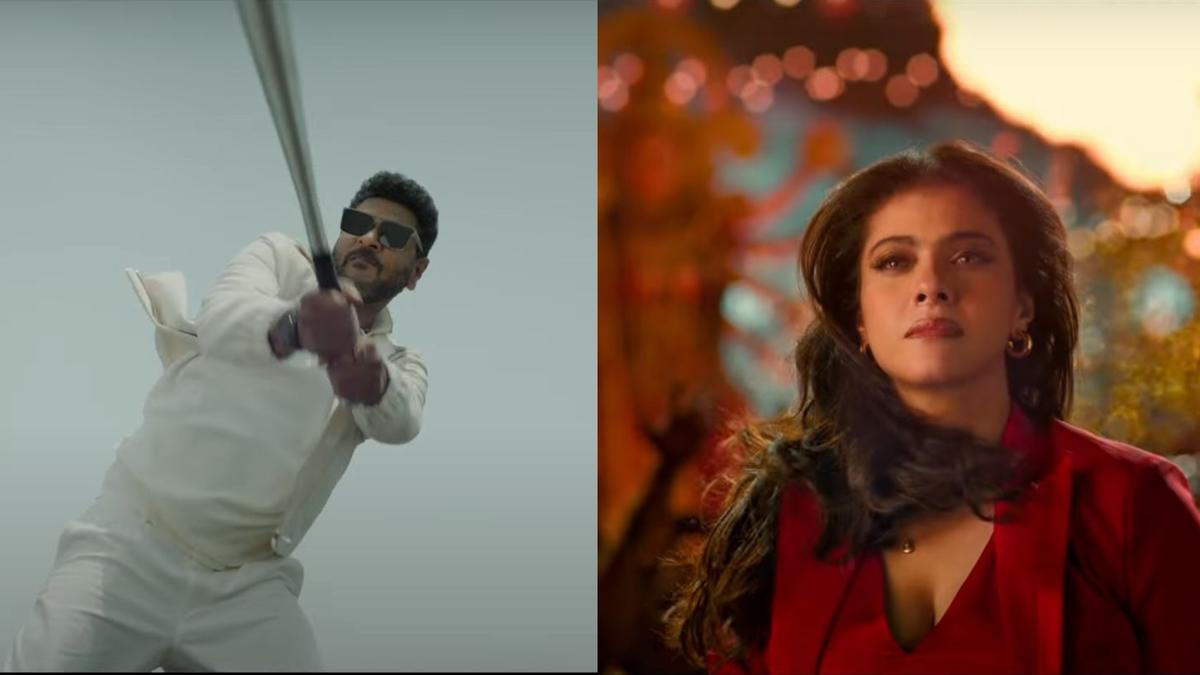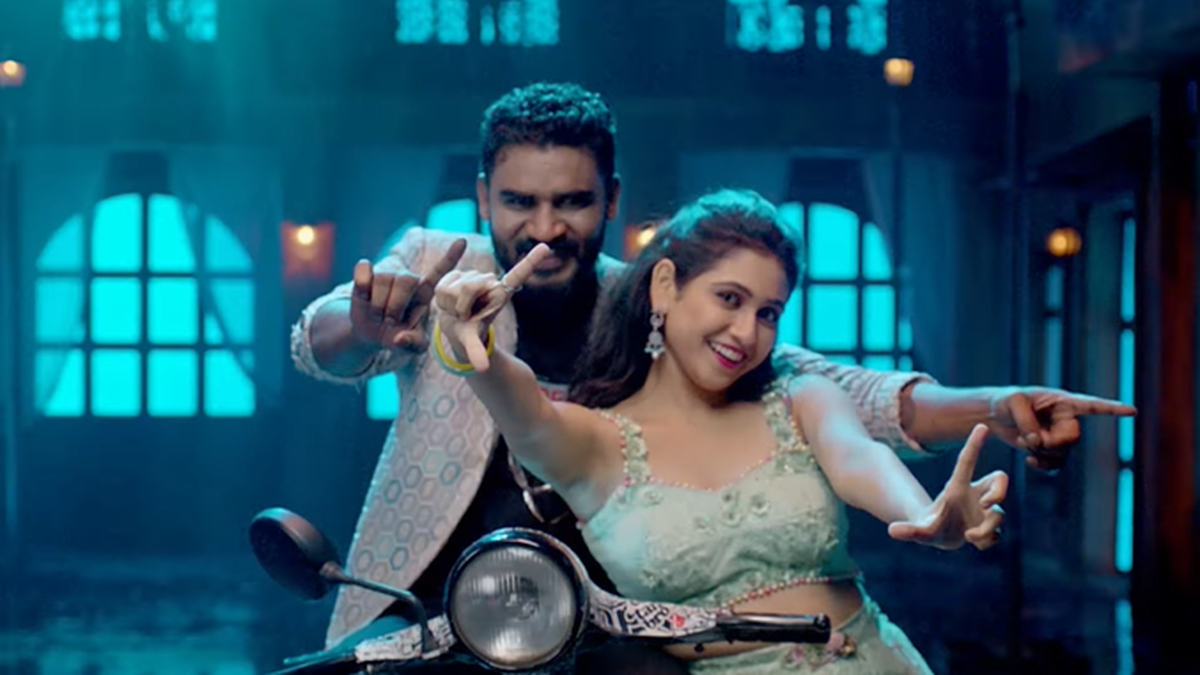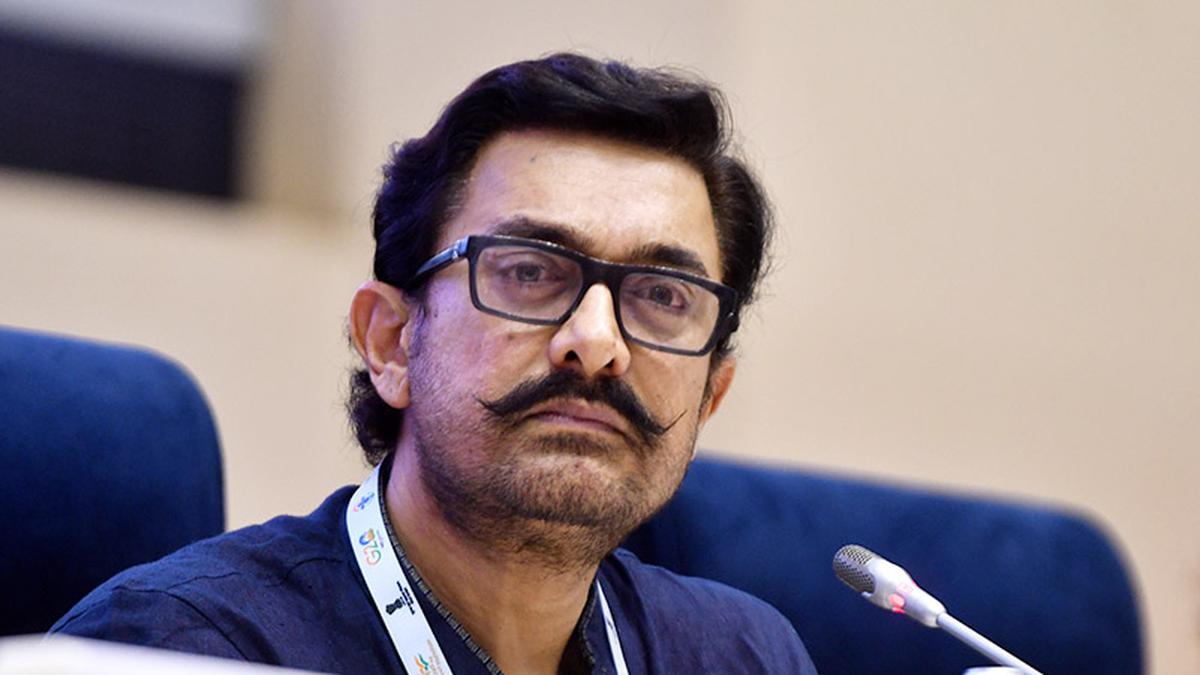As the drums beat and the cymbals clashed, coloured curtains trembled in the lamplight. It was a different kind of Kathakali like no other.
‘Chintha Vishtayaya Sita’, one of the famous poems of poet Kumaranasan, choreographed by Kalamandalam Rajasekharan, appeared as the second solo Kathakali performance of Sthree Vesham (female character), with the first solo being Poothana Moksham.
The 90-minute play was staged by Rajasekharan, at the Regional Theatre of Kerala Sangeetha Nataka Akademi, as part of the 59th anniversary celebrations of Thrissur Kathakali Club, and as a gesture of gratitude for the gold medal presented to him as an outstanding artiste. The gesture appeared relevant as 2024 is being observed as the 100th death anniversary of the great poet.
Demonstrating his choreographic ingenuity in the play, Rajasekharan chose 25 shlokas out of 192 that narrate the life of Sita in Valmiki Ramayana, from her birth to death. The play is an exploration of womanhood and sorrow and further a synopsis of Ramayana itself.

Kalamandalam Rajasekharan performing ‘Chintha Vishtayaya Sita’.
| Photo Credit:
Special Arrangement
Display of virtuosity
The curtain went up to show the brooding posture of the character, which spoke volumes of her disenchantment with life’s circumstances. Her thoughts were manifested into numerous anecdotes providing the artiste ample opportunities to exhibit his histrionic potentialities.
The first padam after the shloka beginning with “Oru nischayamillonninum/varumoro dasa vannapole pom…” composed in Anandabhairavi and Chembada tala, epitomised her depressive mood. In the elakiyattam, the artiste enacted her marriage to Rama and peaceful life in the palace. All the ensuing anecdotes that unfolded through shlokas and padams were arranged in proper order, ragas and talas, enhancing the intrinsic message of the lines. Agile and nimble were the mudras that interpreted the padams.
Effective portrayal of Sita
The striking feature of Rajasekharan’s vesham is his portrayal of the female characters. And in this play especially, his depiction of Sita, wearing a saffron sari and rudraksha around her neck, stood out. The costume indicated that she was in the ashram of sage Valmiki after being abandoned by Rama.
Another noteworthy element was during the agni pareeksha segment, where his movements conformed with the norms for a female character, he took care to not overdo any of the bhavas be it veera or rowdra. The libretto, being the poet’s own verses, was easily comprehensible to the audience.
Commendable was the vocal support by Kalamandalam Vinod assisted by Kalamandalam Yaswant. The percussion side included Kalamandalam Raj Narayanan (maddalam) and Kalamandalam Nidhin Krishna (edakka).
An icon of Sthree vesham, Rajasekharan is the former principal of Kerala Kalamandalam and the proponent of Thekkan Chitta (southern style). Well-versed in the intricacies of both theory and technicalities of the dance-drama, Rajasekharan is the author of Attaprakaram of Thekkan Chitta (acting manual) published by Kalamandalam in three volumes, which is still a followed syllabus in the institution. His other works include Sthree Veshams in Kathakali and Rajalochanam, a compilation of his articles.
Kalamandalam Shylaja, his wife is the former head of the Department of Koodiyattam, and Kalamandalam Vysakhan, his son, is a well-known Kathakali artiste.



